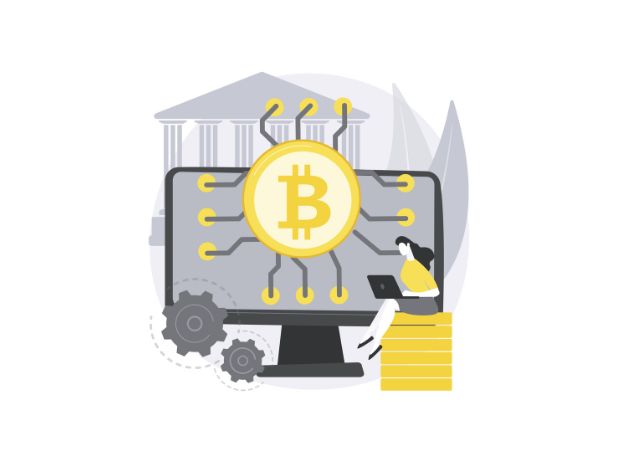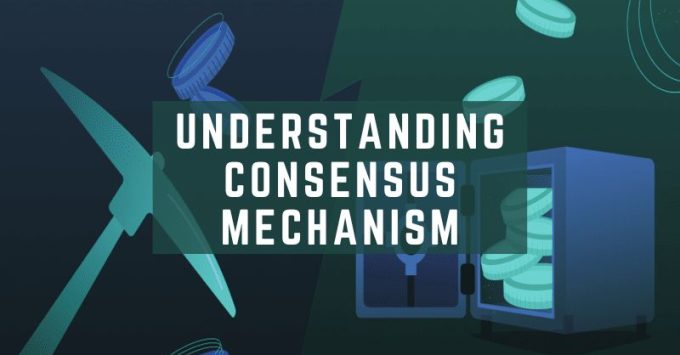A consensus mechanism in blockchain technology is a fundamental element that enables all the nodes in the network to agree on the validity of transactions. Ensures that all participants can trust the validity of transactions and the integrity of the blockchain, even in the absence of mutual trust between participants. This mechanism is crucial because unlike traditional centralized systems where a single authority validates transactions.
Understanding Consensus Mechanism
The consensus mechanism is a core element of blockchain technology that enables distributed ledger systems to operate securely and transparently. It helps maintain the decentralized nature of the blockchain by making sure that no single entity has control over the transaction ledger. It also protects against various attacks such as the 51% attack, where an entity gains control of the majority of the network’s mining power.
The consensus mechanism process achieves agreement on a single data value among distributed processes or systems. It’s essential in environments where each participant maintains a copy of the record (ledger) and needs to stay in sync with others. Here’s how consensus mechanism generally works:
-
Transaction Initiation:
A participant initiates a transaction. This could be a cryptocurrency transfer, a smart contract operation, or any other blockchain-supported operation. All nodes in the network receive the transaction details.
-
Transaction Verification:
Nodes (participants in the blockchain network) receive the transaction information. Depending on the consensus mechanism, certain nodes (like miners in Proof of Work or validators in Proof of Stake) take the responsibility of verifying the transaction. They check the transaction’s validity based on the blockchain’s protocol rules (e.g., whether the sender has sufficient balance).
-
Forming a Block:
When a network verifies a transaction, it places the transaction into a block. A block contains multiple transactions. In systems like Proof of Work, a computationally intensive process known as mining begins.
-
Reaching Consensus:
The consensus mechanism makes sure that all nodes agree on the order and validity of transactions.
-
Finalizing the Block:
When the network participants reach a consensus, they add the new block to the existing blockchain. After adding this block to the chain, the network broadcasts it to all nodes, and each node updates its own copy of the blockchain.
-
Rewarding the Validators:
Many blockchain networks reward the nodes that actively contribute to the consensus process. These rewards often come in the form of the blockchain’s native cryptocurrency.
-
Continuing the Process:
This process repeats for each new set of transactions, continually growing the blockchain.
Let’s go through the two main types of consensus mechanisms.

What is Proof-of-Work (PoW)?
Various blockchain networks, most notably Bitcoin, use Proof of Work (PoW) as a consensus mechanism to validate transactions and create new blocks in the chain. It prevents network abuse (like spam or denial of service attacks) by requiring work from the service requester, usually meaning processing time by a computer. It also enables decentralized networks to agree on the state of the ledger without needing a trusted central authority.
The Proof of Work mechanism involves grouping new transactions into blocks. The miners verify the transactions in each block. All miners in the network compete at the same time to validate the transaction and the first one to complete gets the reward. To add a block to the blockchain, other miners in the network must independently verify the solution, a process known as achieving consensus. This method is energy-intensive due to the high computational power required. Here are some key features of PoW:
- PoW requires miners to solve complex mathematical problems which demands significant computational power.
- Mining is the process of solving complex problems. Miners compete to solve the problem first, and the winner gets to add a new block to the blockchain.
- PoW is energy-intensive, which raises concerns about its environmental impact, particularly in networks like Bitcoin.
- The difficulty of the mathematical problems makes the network secure against attacks. Altering transaction history would require an impractical amount of computational work.
- Initially, decentralization is promoted in mining, but over time, the concentration of mining power in fewer hands (mining pools) occurs due to the high cost of mining equipment and electricity.

What is Proof-of-Stake (PoF)?
Some blockchain networks use the Proof of Stake (PoS) mechanism to validate transactions and create new blocks. It emerged as an energy-efficient alternative to the Proof of Work (PoW) mechanism used by networks like Bitcoin.
In the Proof of Stake mechanism, validators are chosen to create new blocks based on various factors including the number of coins they hold and are willing to stake as collateral. It’s not purely random because more stake increases the chances of being selected. The chosen validator proposes a new block, and other validators participate in the validation process. The block is added to the blockchain once it is validated. Validators are rewarded with transaction fees. Here are some key features of PoS:
- Instead of mining, validators are chosen to create new blocks based on the number of tokens they hold and are willing to stake as collateral.
- PoS is far less energy-intensive compared to PoW, as it does not require complex calculations.
- Validators do not need high-powered computing hardware, lowering the barrier to entry compared to PoW.
- Validators earn transaction fees; some networks may also offer additional rewards. The chance of being chosen to validate transactions often correlates with the amount staked.
- Security is maintained through financial incentives. So, acting maliciously can result in losing one’s stake.
Final Words
In conclusion, a consensus mechanism is a foundational technology in blockchain systems that guarantees all network participants agree on transaction validity and ledger state without a central authority. Proof of Work (PoW) and Proof of Stake (PoS) are prominent examples, with PoW emphasizing computational work and security through mining, and PoS focusing on energy efficiency and stake-based validation. These mechanisms are crucial for maintaining the integrity, trust, and functionality of decentralized digital ledgers.

